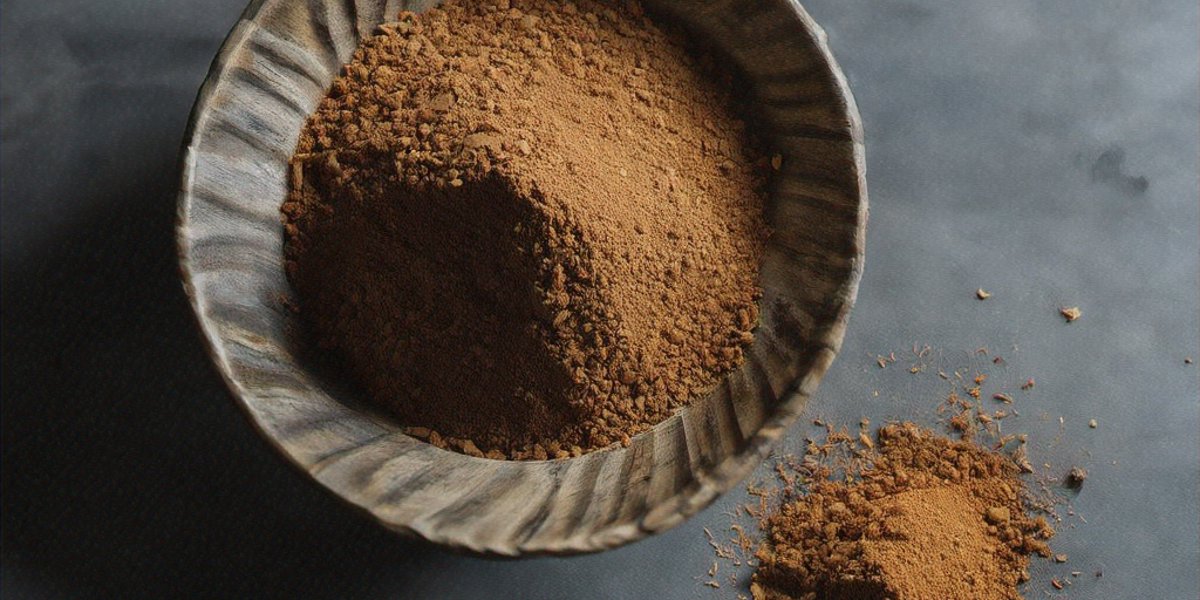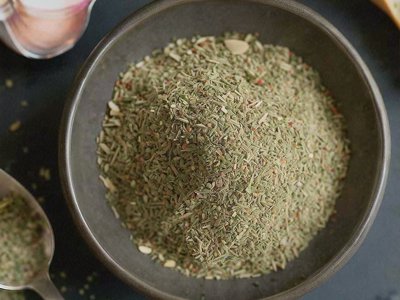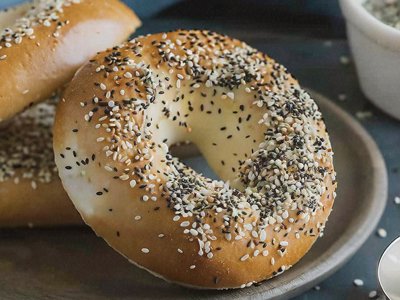Baharat
Baharat, meaning "spices" in Arabic, is the cornerstone of Middle Eastern cooking. This warm, aromatic blend varies from household to household but always maintains the essential balance of peppery heat, earthy warmth, and subtle sweetness that defines Levantine cuisine.
The Blend
Core Spices:
- 3 tablespoons ground black pepper (the defining element - should be freshly ground)
- 2 tablespoons ground cumin (provides earthy, nutty foundation)
- 2 tablespoons ground coriander (adds citrus brightness)
- 1 tablespoon ground cloves (use sparingly - very potent)
Warmth and Depth:
- 1 tablespoon ground cinnamon (adds sweetness and complexity)
- 1 tablespoon ground paprika (provides color and mild heat)
- 1 teaspoon ground cardamom (floral notes)
- 1 teaspoon ground nutmeg (subtle sweetness)
Optional Enhancements:
- 1/2 teaspoon ground allspice (for additional complexity)
- 1/2 teaspoon ground ginger (adds warmth)
- 1/4 teaspoon ground bay leaves (use dried, ground bay leaves)
The Pepper Principle
Black pepper is the star of Baharat, and the quality makes all the difference. Freshly ground Tellicherry or Malabar peppercorns provide the best flavor profile. Pre-ground pepper loses its aromatic oils quickly and can taste flat.
The pepper should be assertive but not overwhelming. In traditional Middle Eastern cooking, this blend is often used generously, so the heat needs to be balanced with the other warming spices.
Regional Variations
Turkish Baharat: Often includes dried mint and sumac for a brighter, more acidic profile Lebanese Baharat: Tends to be heavier on cinnamon and lighter on cloves Syrian Baharat: May include more paprika and sometimes dried rose petals Iraqi Baharat: Often includes dried lime powder for a distinctive citrus note
Storage and Freshness
Store in an airtight container away from heat and light. The black pepper will maintain its potency longer than the other spices, but the blend is best used within 4-6 months. For maximum freshness, grind the peppercorns just before mixing.
Traditional Applications
Meat Dishes: Particularly lamb, beef, and chicken - the spices penetrate and develop during slow cooking Rice and Grains: Adds depth to pilafs, bulgur, and couscous Legumes: Excellent with chickpeas, lentils, and beans Vegetables: Especially roasted or grilled vegetables
Modern Uses
Grilled Meats: Creates a flavorful crust on steaks, chops, and kebabs Popcorn: A sophisticated alternative to traditional seasonings Egg Dishes: Adds complexity to omelets and scrambled eggs Bread Dough: Knead into bread dough for spiced loaves
Technique Notes
When using Baharat in cooking, add it early in the process to allow the spices to bloom in oil or fat. This releases their essential oils and creates a more complex flavor profile.
For dry rubs, apply generously and let the meat rest for at least 30 minutes before cooking. The salt in many Baharat blends helps tenderize the meat while the spices create a flavorful crust.
Pairing Considerations
Baharat works beautifully with:
- Olive oil and lemon (classic Middle Eastern combination)
- Yogurt-based marinades
- Tomato-based sauces
- Garlic and onions
- Fresh herbs like parsley, mint, and cilantro
This blend embodies the generosity of Middle Eastern hospitality - bold, welcoming, and designed to make every ingredient shine.



